2007.10.17 18:18
The Vanity Press
The Journal of Artificial Parameters constantly asks for my work, and I keep telling them I prefer the work remain virtual.
2007.10.17 15:18
historical reenactment picture of the day
this is what I saw last night:
Danielle Mericle's two-channel video from her 2006 project History Sighs presents fixed-frame landscape views from original, antipodal landing sites of colonial conquest. The sun sets over the Arabian Sea, (filmed from Gujarat, where the British first made contact with Indian soil) as it rises over the Atlantic Ocean from Salt River Bay, St. Croix (a Columbus landing site and setting of the first-known violent confrontation between Europeans and American natives). Mericle's exploration of these two locations prompts speculation about history's ability to manifest its theoretical and material legacy within the physical landscape.
I told the artist her work had an interesting reenactionary quality (to which she agreed completely), and how some degrees of separation collaped by now standing next to her while the sun was rising and setting again.
2007.10.16 11:08
Differentiation between the outside and the inside.
"trying to mix the two gently"
osmosis
1a. the tendency of a fluid, usually water, to pass through a semipermeable membrane into a solution where the solvent concentration is higher, thus equalizing the concentrations of materials on either side of the membrane.
1b. the diffusion of fluids through membranes or porous partitions.
2. a subtle or gradual absorption or mingling
[working title:]
The Semipermeable Membrane of Architecture
2002.09.30:
When I first visited the house in 1975 it was one of those places (in Philadelphia) that was rarely visited. There was a young 'hippie-ish' tour guide 'working' there then, and he admitted to spending most of his time there completely alone. He said he loved it though, especially on rainy days because that's when he opened up the entire wall of the house that faced the lake/pond in the garden, and that's when he sat in the middle of the main room's floor "taking it all in."
2007.10.15 21:23
Differentiation between the outside and the inside.
The Great Pyramid maintains a strict differentiation between outside and inside--life and light outside, darkness and death inside.
"The absolute rule of architecture is that the inside has to be different than the outside." 1983
Yet really great architecture manages to keep the rule and break the rule simultaneously.
The Pantheon at Rome brings the whole cosmology inside.
The Hall of Mirrors at Versailles reflects the whole garden inside.
The Kimbell Art Museum brings the outside light inside.
Osmotic Architecture.
| |
2007.10.15 19:01
Positive notes
2007.06.26 thus seeing them in a new way--a different way of curating
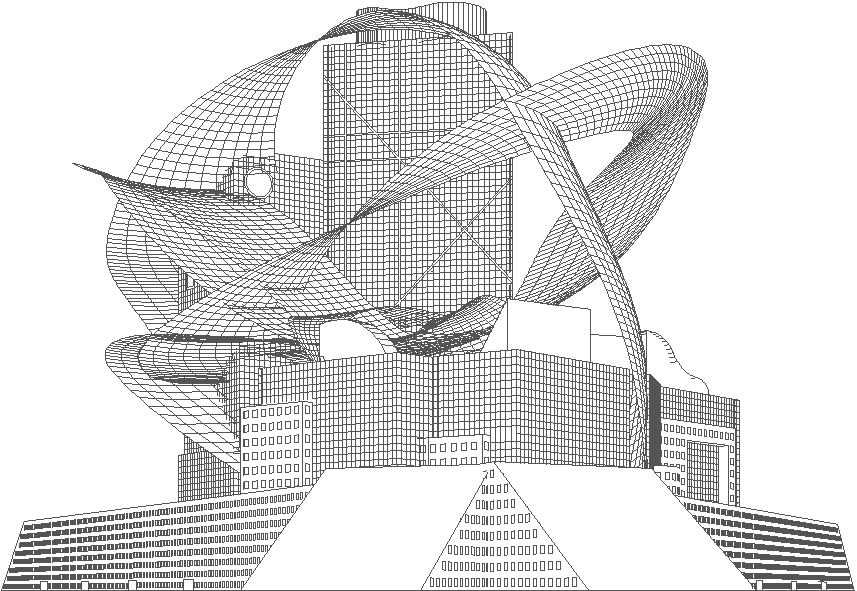
2007.06.25 doing product placement there too
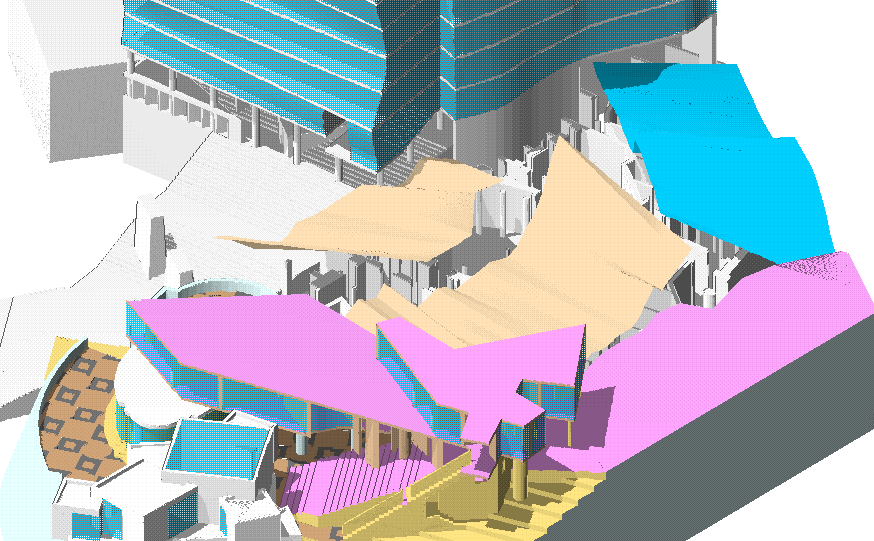
2007.06.25 and start combining past drawings as well as past models
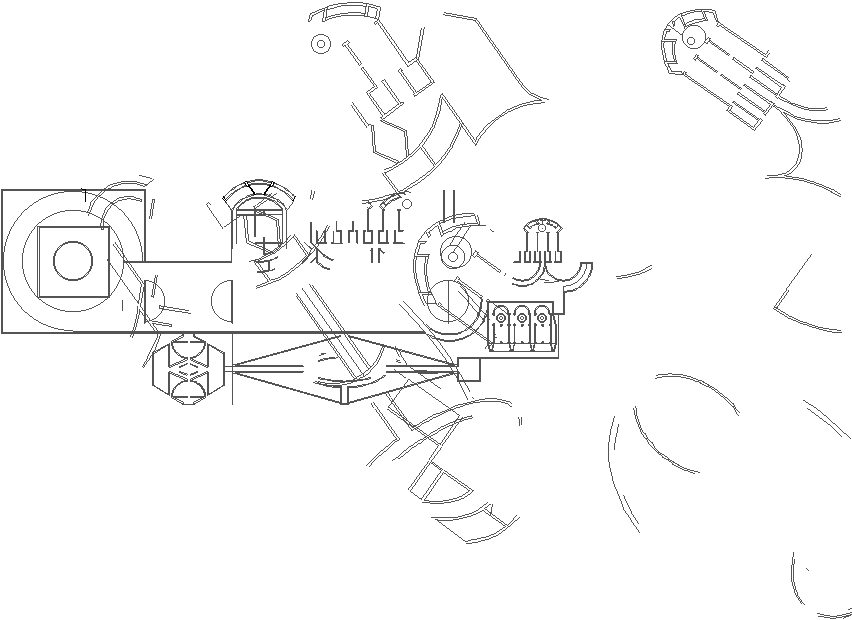
2007.06.26 all the titles and something about them
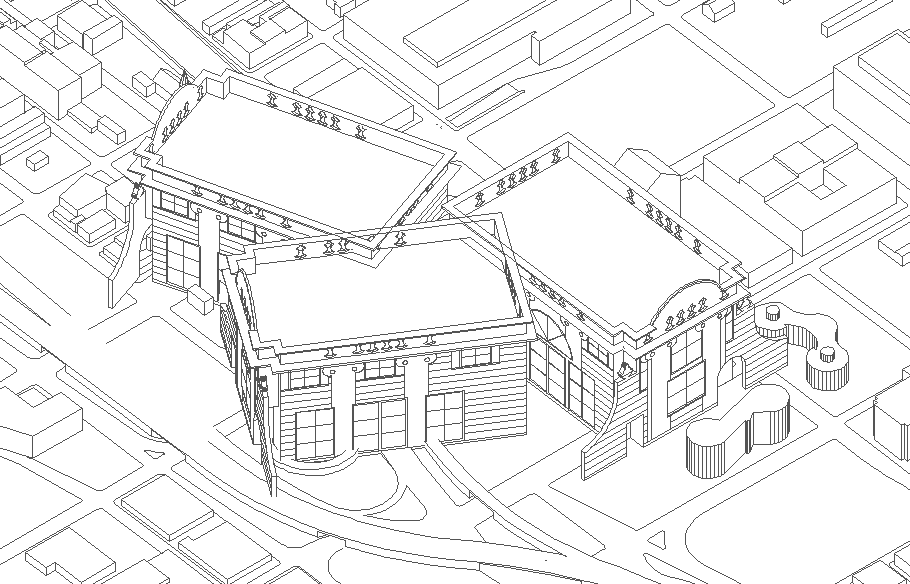
2007.06.29 use such data for any kind of design idea or implication
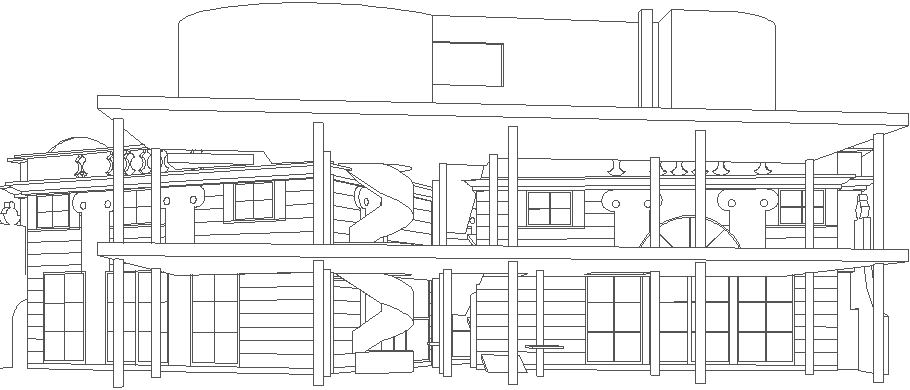
2007.07.05 meaning disparate texts and images
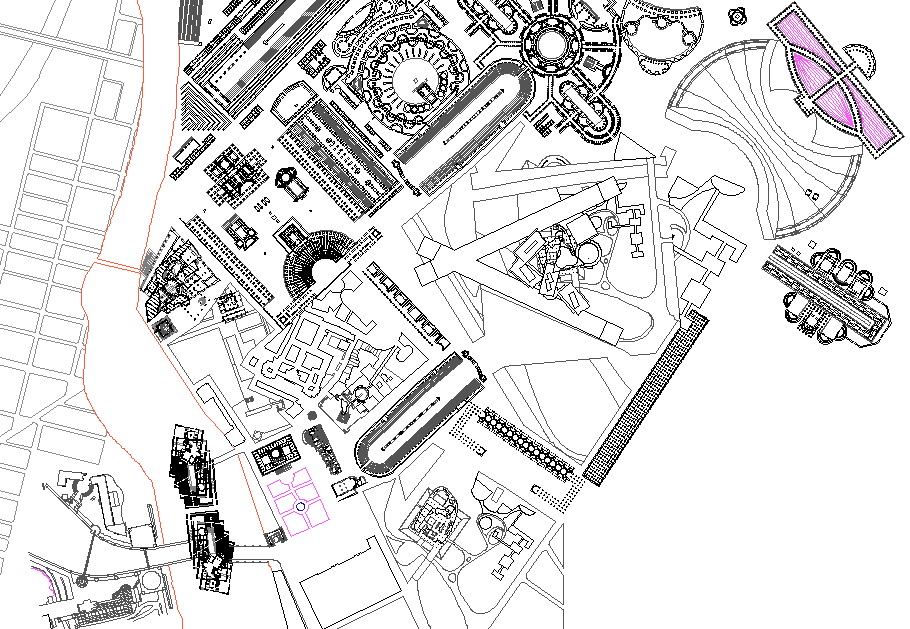
2007.07.10 Appositions magazine
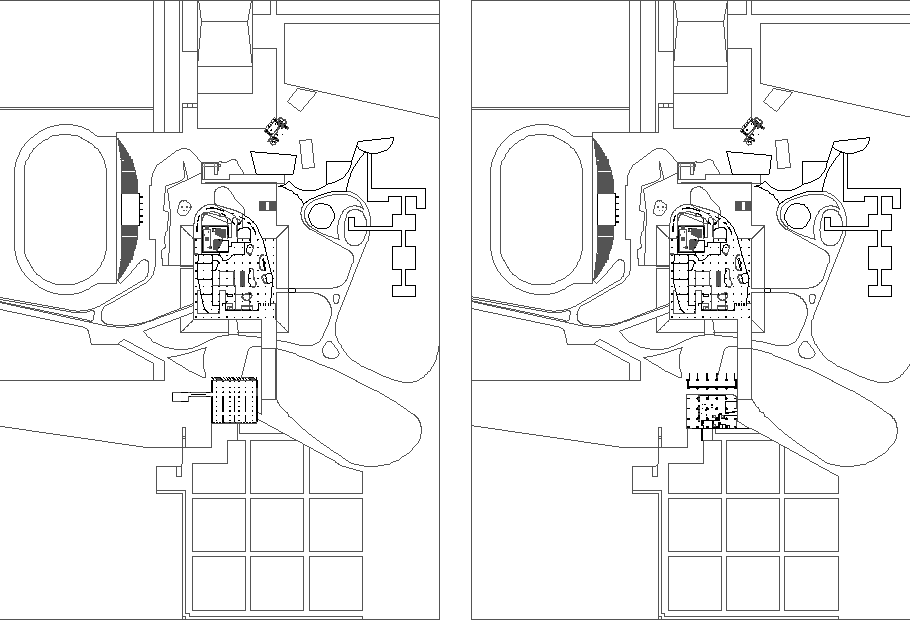
| |
2007.10.14 17:52
Negative notes
"In Modern architecture we have operated too long under the restrictions of unbending rectangular forms supposed to have grown out of the technical requirements of the frame and the mass-produced curtain wall. In contrasting Mies' and Johnson's Seagram Building with Kahn's project for an office tower in Philadelphia it can be seen that Mies and Johnson reject all contradictions of diagonal wind-bracing in favor of an expression of a rectilinear frame. Kahn once said that the Seagram Building was like a beautiful lady with hidden corsets. Kahn, in contrast, expresses the wind-bracing--but at an expense of such vertical elements as the elevator and, indeed of the spaces for people."
--Robert Venturi, Complexity and Contradiction in Architecture (New York, MoMA, 1966), p. 56.
"Yet in City Tower, Kahn no more succeeded in making strides in architectural structure than he had in the Art Gallery at Yale. He erroneously discussed the project in tectonics terms, justifying City Tower's form by arguing that it best expressed buttressing against wind stresses: "The mind envisions a construction of a building growing from a base crossing its members as it rises against the forces of the wind." Yet neither Tyng nor Kahn checked their wind-stress argument with a structural engineer, who would have told them that because of the forces of gravity, a tower rising in a more-or-less straight vertical is dramatically more efficient."
--Sarah Williams Goldhagen, Louis Kahn's Situated Modernism (New Haven, Yale University Press, 2001), p. 78.
"Yes, architects sometimes used to make stuff up just to justify (the shape) their designs."
"What do you mean 'used to'?"
2007.10.14 14:25
Eisenman debates Wolf D Prix at a crit -- Google Video
Did anyone notice that the video clip is dated at the beginning--21 Jan 03?
2007.10.14 12:42
Eisenman debates Wolf D Prix at a crit -- Google Video

|